Home>Gardening & Outdoor>Plant Care & Gardening Tips>When Can I Plant Mums
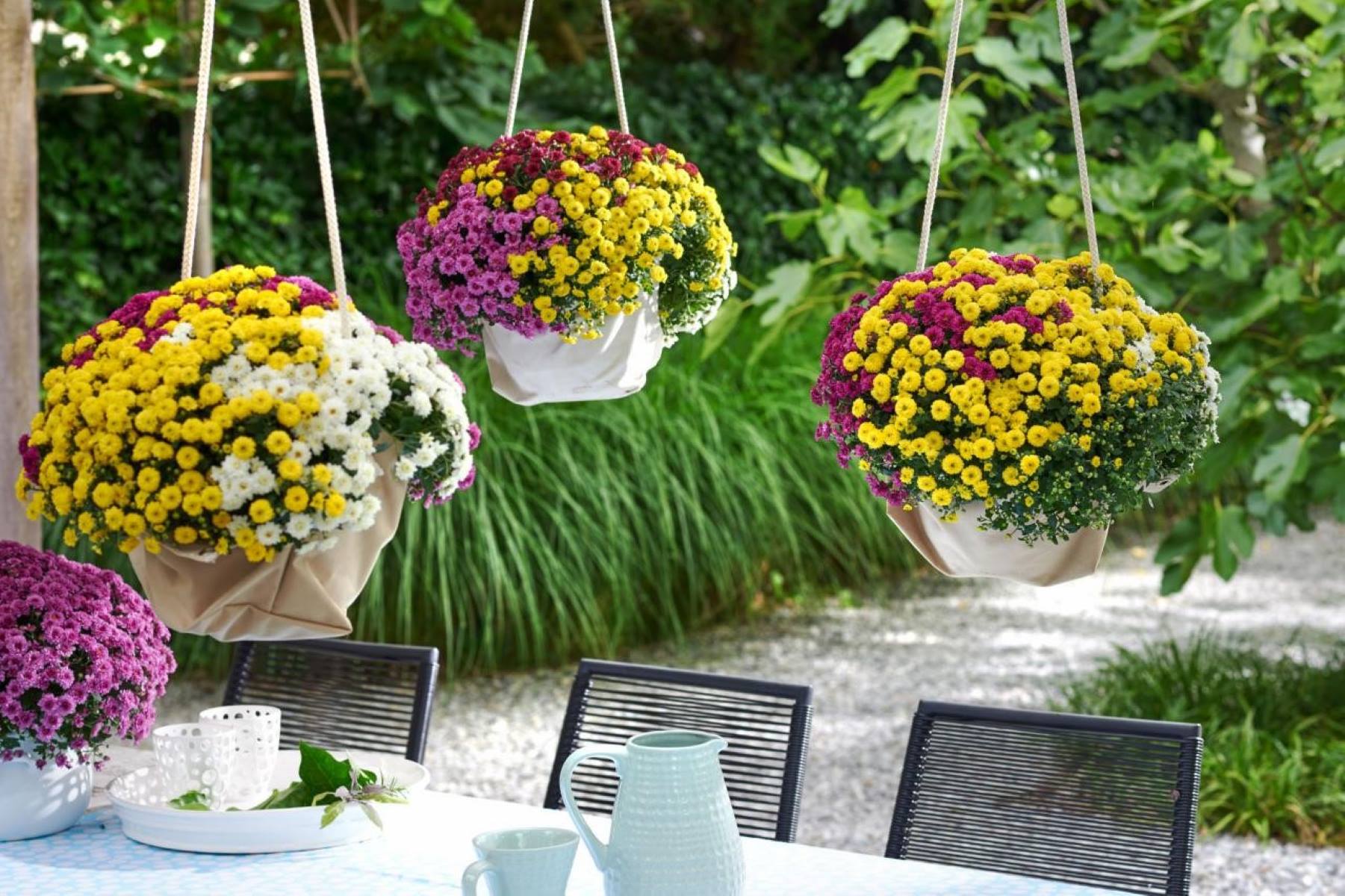

Plant Care & Gardening Tips
When Can I Plant Mums
Published: February 29, 2024
Learn the best time and tips for planting mums in your garden. Get expert plant care and gardening tips for beautiful, thriving mums.
(Many of the links in this article redirect to a specific reviewed product. Your purchase of these products through affiliate links helps to generate commission for Storables.com, at no extra cost. Learn more)
Best Time to Plant Mums
Planting mums at the right time is crucial for their successful growth and vibrant blooms. These resilient and colorful flowers, also known as chrysanthemums, thrive when planted at the onset of the growing season. The best time to plant mums is in the spring, after the last frost has passed. This timing allows the plants to establish their root systems before the hot summer months and ensures a robust foundation for their upcoming growth and blooming phases.
Spring planting provides mums with ample time to acclimate to their new environment and develop strong roots, which are essential for withstanding the challenges of the summer heat. By planting mums in the spring, you give them the best chance to flourish and produce an abundance of blooms when the fall season arrives.
It's important to note that mums can also be planted in the fall, but this should be done at least six weeks before the first expected frost. This allows the plants to establish themselves before the winter chill sets in, ensuring their survival through the cold months and promoting healthy regrowth when spring returns.
By understanding the optimal timing for planting mums, you can set the stage for a successful and visually stunning garden display. Whether you choose to plant in the spring or fall, being mindful of the seasonal cues and the needs of the mums will contribute to their overall health and vitality.
Key Takeaways:
- Plant mums in spring for strong roots and vibrant blooms. Fall planting is also possible, but ensure six weeks before first frost for survival through winter.
- Prepare soil with organic matter, assess drainage, and choose a sunny, sheltered spot for mums. Follow proper planting techniques and provide post-planting care for healthy, beautiful mums.
Read more: When To Plant Mums In Ohio
Choosing the Right Season
Selecting the right season for planting mums is a pivotal decision that significantly impacts their growth and overall well-being. The choice between spring and fall planting depends on various factors, including climate, local weather patterns, and the specific needs of the mums.
Spring Planting
Spring is an ideal time to plant mums, typically after the last frost date in your region. This timing allows the plants to establish their root systems before the onset of the summer heat. By planting in the spring, mums have ample time to acclimate to their new environment and develop strong roots, which are essential for withstanding the challenges of the upcoming summer months.
Fall Planting
Alternatively, mums can be planted in the fall, but this should be done at least six weeks before the first expected frost. Fall planting allows the plants to establish themselves before the winter chill sets in, ensuring their survival through the cold months and promoting healthy regrowth when spring returns.
When choosing the right season for planting mums, it's crucial to consider the local climate and weather conditions. Understanding the specific needs of mums and how they align with the seasonal changes will guide you in making an informed decision. Whether you opt for spring or fall planting, ensuring that the mums have sufficient time to establish themselves before facing extreme weather conditions is key to their long-term success.
By carefully selecting the right season for planting mums, you set the stage for their optimal growth and development. This thoughtful approach aligns the mums' planting schedule with the natural rhythms of the seasons, providing them with the best opportunity to thrive and adorn your garden with their vibrant and captivating blooms.
Preparing the Soil
Preparing the soil is a fundamental step in ensuring the successful growth and development of mums. The quality of the soil directly impacts the plants' ability to establish strong roots, access essential nutrients, and thrive in their environment. To create an optimal growing environment for mums, it's essential to focus on soil preparation, which involves a combination of assessment, amendment, and conditioning.
Read more: When Can I Plant Hollyhock Seeds
Assessing the Soil
Before planting mums, it's crucial to assess the existing soil conditions. This assessment provides valuable insights into the soil's composition, drainage capabilities, and nutrient levels. One effective method for evaluating the soil is conducting a simple texture test. By taking a handful of soil and gently squeezing it, you can determine its texture and structure. Well-draining soil that crumbles easily is ideal for mums, as it allows for proper aeration and root development.
Amending the Soil
Based on the soil assessment, it may be necessary to amend the soil to create an optimal growing medium for mums. Adding organic matter, such as compost or well-rotted manure, can improve the soil structure, enhance its water retention capacity, and provide essential nutrients for the plants. Additionally, incorporating perlite or coarse sand can aid in improving drainage, especially in clay-heavy soils. The goal of soil amendment is to create a balanced and nutrient-rich environment that promotes healthy root development and overall plant growth.
Conditioning the Soil
Once the soil has been amended, it's important to thoroughly mix the added organic matter and any soil amendments to ensure uniform distribution. This process, known as conditioning the soil, helps create a homogenous growing medium that offers consistent support for the mums' root systems. Properly conditioned soil provides an ideal foundation for the mums to establish themselves and thrive in their new environment.
By meticulously preparing the soil through assessment, amendment, and conditioning, you create an optimal foundation for the mums' growth. This proactive approach sets the stage for healthy root development, robust plant growth, and ultimately, a stunning display of vibrant blooms. Investing time and effort in soil preparation is a worthwhile endeavor that significantly contributes to the long-term health and vitality of mums in your garden.
Selecting the Right Location
Choosing the right location for planting mums is a critical decision that directly influences their overall health, growth, and blooming potential. The success of mums largely depends on the environmental conditions and the suitability of the chosen site. When selecting the ideal location for mums, several key factors should be taken into consideration to ensure their long-term vitality and visual appeal.
Read more: When Can I Plant Grass Seed
Sunlight Exposure
One of the primary considerations when selecting a location for mums is the amount of sunlight exposure the area receives. Mums thrive in full sunlight, which typically equates to at least six hours of direct sunlight per day. Therefore, it's essential to choose a planting site that offers ample sunlight to promote robust growth and prolific blooming. Insufficient sunlight can lead to leggy growth and diminished flower production, impacting the overall aesthetic and health of the plants.
Soil Drainage
The soil drainage characteristics of the chosen location play a crucial role in the successful cultivation of mums. These plants prefer well-draining soil to prevent waterlogged conditions, which can lead to root rot and other detrimental issues. It's important to avoid areas with compacted or poorly drained soil, as these conditions can hinder the mums' ability to establish healthy root systems. Selecting a site with well-draining soil promotes optimal root development and reduces the risk of water-related stress on the plants.
Wind Exposure
Considering the exposure to wind is another vital aspect of selecting the right location for mums. While these plants can tolerate gentle breezes, excessively windy conditions can damage their delicate foliage and stems. Therefore, it's advisable to choose a location that provides some protection from strong winds, such as positioning the mums near a windbreak or within a sheltered area of the garden. This strategic placement helps safeguard the plants from potential wind damage, preserving their structural integrity and overall appearance.
Space and Air Circulation
The availability of adequate space and air circulation is essential for the healthy growth of mums. When selecting a location, it's important to ensure that the plants will have ample room to spread out and receive proper air circulation. Crowded or confined spaces can lead to increased humidity around the plants, potentially fostering fungal diseases. By choosing a location that allows for sufficient spacing between mums and promotes air movement, you create an environment that minimizes the risk of disease and supports the plants' overall well-being.
Read more: When Can You Transplant Mums
Aesthetic Considerations
In addition to the practical aspects, aesthetic considerations also play a role in selecting the right location for mums. These vibrant and colorful flowers can serve as focal points in the garden, adding visual interest and charm to the landscape. When choosing a location, consider how the mums will complement the overall design of the garden and enhance its aesthetic appeal. Strategic placement of mums can create stunning visual displays and contribute to the cohesive beauty of the garden environment.
By carefully considering these factors and selecting a location that aligns with the specific needs of mums, you set the stage for their successful growth and development. Thoughtful site selection ensures that the mums have access to the essential elements they need to thrive, from sunlight and well-draining soil to protection from harsh winds. By providing an optimal environment, you create the ideal conditions for mums to flourish and grace your garden with their vibrant and captivating blooms.
Planting Techniques
Planting mums with the right techniques is essential to ensure their successful establishment and long-term growth. By following proper planting practices, you can provide the mums with the best possible start in their new environment, setting the stage for healthy root development and prolific blooming. Here are the key techniques to consider when planting mums:
1. Digging the Planting Hole
When preparing to plant mums, it's important to dig a planting hole that is spacious enough to accommodate the root ball of the plant. The hole should be approximately twice as wide as the root ball and just as deep. This generous space allows the roots to spread out and establish themselves effectively in the surrounding soil.
2. Amending the Soil
Prior to placing the mum in the planting hole, it's beneficial to amend the soil with organic matter, such as compost or well-rotted manure. Mixing these amendments into the soil helps improve its structure, enhances its nutrient content, and promotes favorable conditions for root growth. This step contributes to the long-term health and vitality of the mums.
Read more: When Can I Plant Poppy Seeds
3. Placing and Positioning the Mum
Carefully remove the mum from its container and gently loosen the roots to encourage outward growth. Place the mum in the center of the planting hole, ensuring that the top of the root ball is level with the surrounding soil. Positioning the mum correctly sets the stage for its successful integration into the garden bed.
4. Backfilling and Firming the Soil
Once the mum is in place, backfill the planting hole with the amended soil, gently tamping it down as you go to remove air pockets. This ensures good soil-to-root contact, which is essential for the efficient uptake of water and nutrients. Firming the soil around the base of the plant provides stability and support as the roots begin to grow.
5. Watering and Mulching
After planting, thoroughly water the mum to settle the soil and provide essential moisture to the roots. Applying a layer of organic mulch around the base of the plant helps retain soil moisture, suppresses weed growth, and moderates soil temperature. This protective mulch layer contributes to the overall well-being of the mums.
6. Staking and Support (if necessary)
In some cases, particularly with taller mum varieties, staking may be necessary to provide additional support. Installing a stake near the plant and securing it with soft ties helps prevent stem breakage and promotes upright growth. This proactive measure ensures the structural integrity of the mums as they grow and bloom.
By implementing these planting techniques, you create an optimal environment for the mums to thrive and flourish. These thoughtful practices support healthy root development, provide essential nutrients, and establish the foundation for robust growth and abundant blooms. With proper planting techniques, you set the stage for the mums to become vibrant focal points in your garden, delighting you with their colorful displays season after season.
Read more: When Can I Plant Cantaloupe Seeds
Caring for Mums after Planting
Caring for mums after planting is essential to ensure their continued health, vigor, and prolific blooming. By providing attentive and consistent care, you can support the mums' growth and help them thrive in their new environment. Here are the key aspects of post-planting care for mums:
1. Watering
After planting, mums require regular watering to establish their root systems and maintain optimal moisture levels. It's important to water the plants deeply, ensuring that the root ball and surrounding soil are adequately moistened. However, it's equally crucial to avoid overwatering, as waterlogged conditions can lead to root rot and other issues. Monitoring the soil moisture and adjusting the watering frequency based on weather conditions is essential for the mums' well-being.
2. Fertilization
Providing appropriate fertilization is vital for supporting the mums' growth and blooming potential. A balanced, water-soluble fertilizer formulated for flowering plants can be applied according to the manufacturer's instructions. Fertilizing mums after planting and throughout the growing season helps maintain their nutrient levels and promotes robust foliage and abundant blooms. It's important to avoid excessive fertilization, as this can lead to excessive foliage growth at the expense of flower production.
3. Deadheading
Regular deadheading, the removal of spent blooms, is a beneficial practice for mums after planting. This process encourages the plants to redirect their energy into producing new blooms rather than setting seeds. By promptly removing faded flowers, you can prolong the mums' blooming period and promote continuous flower production. Deadheading also contributes to a tidier appearance and encourages the plants to focus on new growth.
Read more: When Should I Get Mums
4. Pest and Disease Management
Vigilant monitoring for pests and diseases is crucial for maintaining the mums' health after planting. Common pests that may affect mums include aphids, spider mites, and leafhoppers, while diseases such as powdery mildew and leaf spot can impact their foliage. Implementing proactive measures, such as regular inspection, promoting good air circulation, and addressing issues promptly, can help mitigate potential pest and disease problems.
5. Winter Preparation
As the growing season comes to a close, it's important to prepare mums for the winter months. In regions where mums are not reliably winter-hardy, providing adequate winter protection, such as mulching and ensuring proper soil drainage, is essential. Additionally, cutting back the foliage after the first frost and applying a protective layer of mulch can help insulate the plants and promote their survival through the winter.
6. Division and Propagation
Over time, mums may benefit from division to rejuvenate their growth and maintain their vigor. Dividing mature clumps every few years helps prevent overcrowding, encourages new growth, and allows for the propagation of additional plants. This process typically involves carefully lifting the mums, dividing the root ball into sections, and replanting the divisions in suitable locations.
By attending to these essential aspects of post-planting care, you can nurture the mums and support their long-term health and vitality. Consistent watering, appropriate fertilization, vigilant pest and disease management, and proactive winter preparation contribute to the mums' overall well-being and ensure their continued beauty and vibrancy in your garden.
Frequently Asked Questions about When Can I Plant Mums
Was this page helpful?
At Storables.com, we guarantee accurate and reliable information. Our content, validated by Expert Board Contributors, is crafted following stringent Editorial Policies. We're committed to providing you with well-researched, expert-backed insights for all your informational needs.
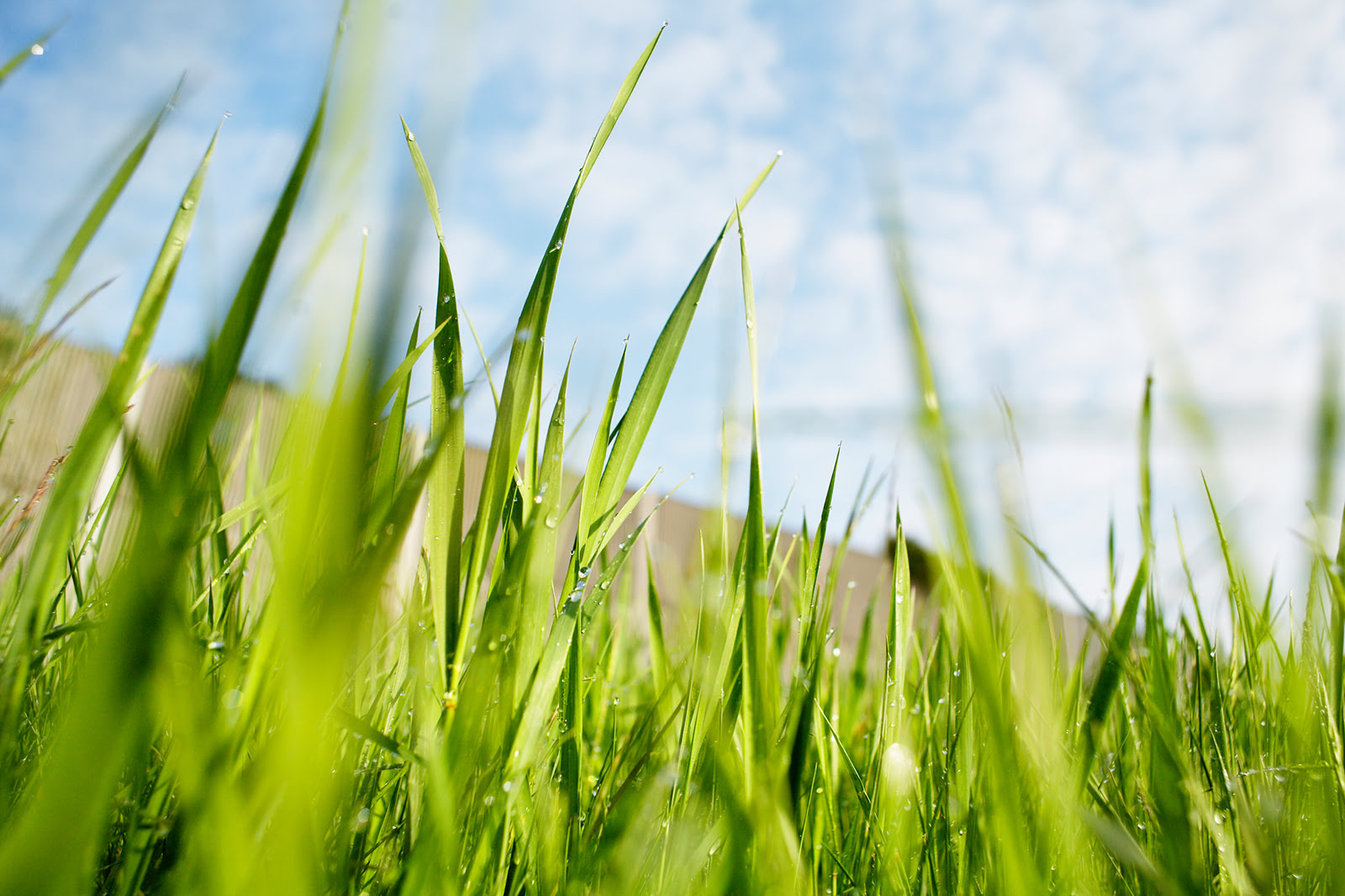
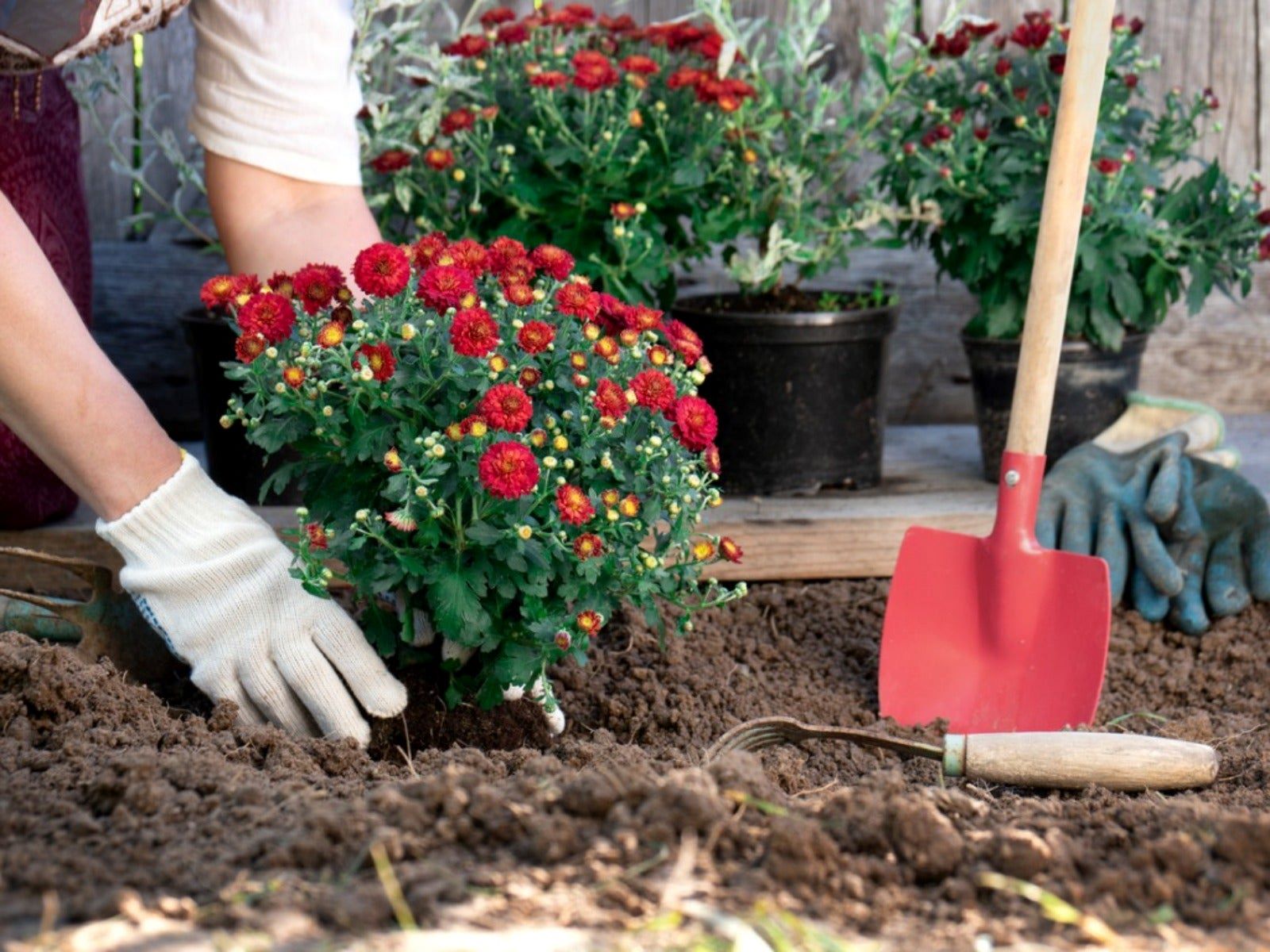
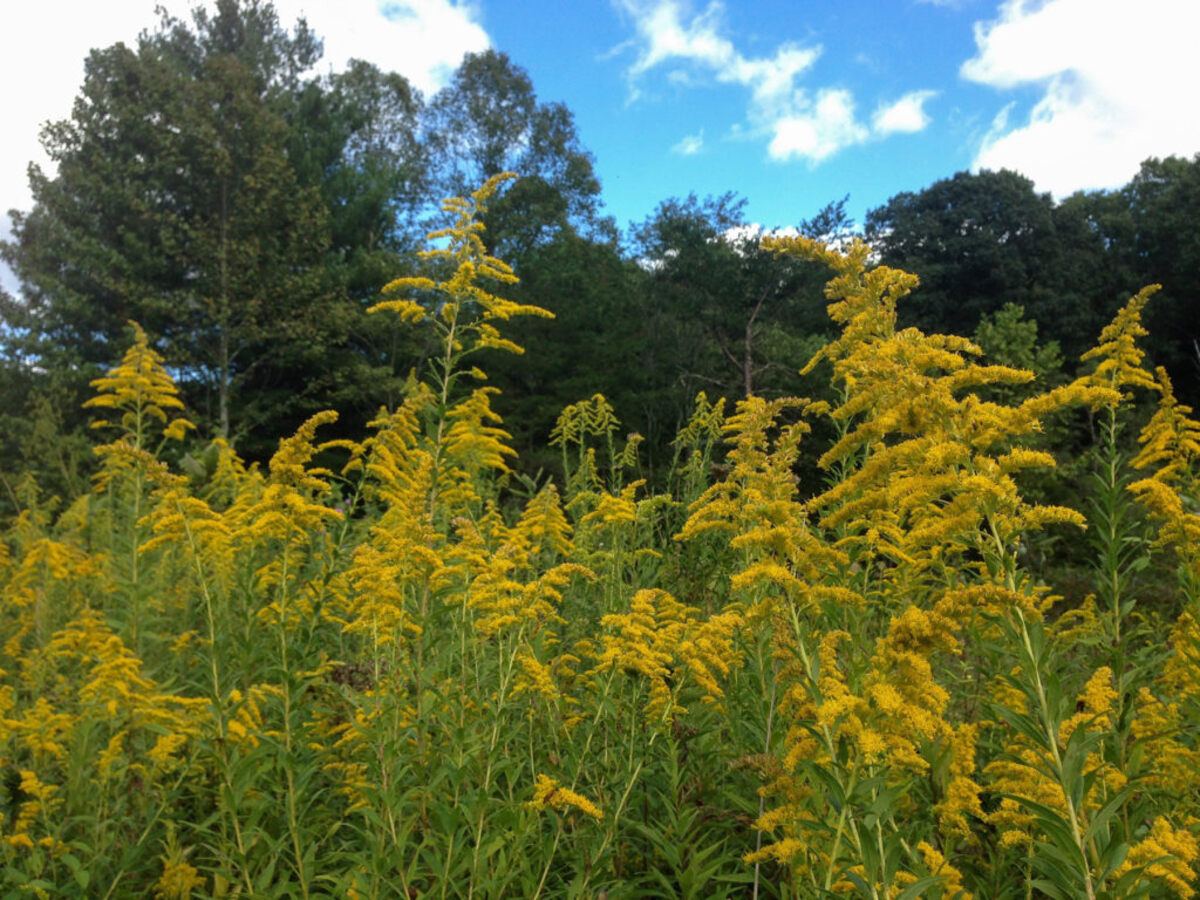
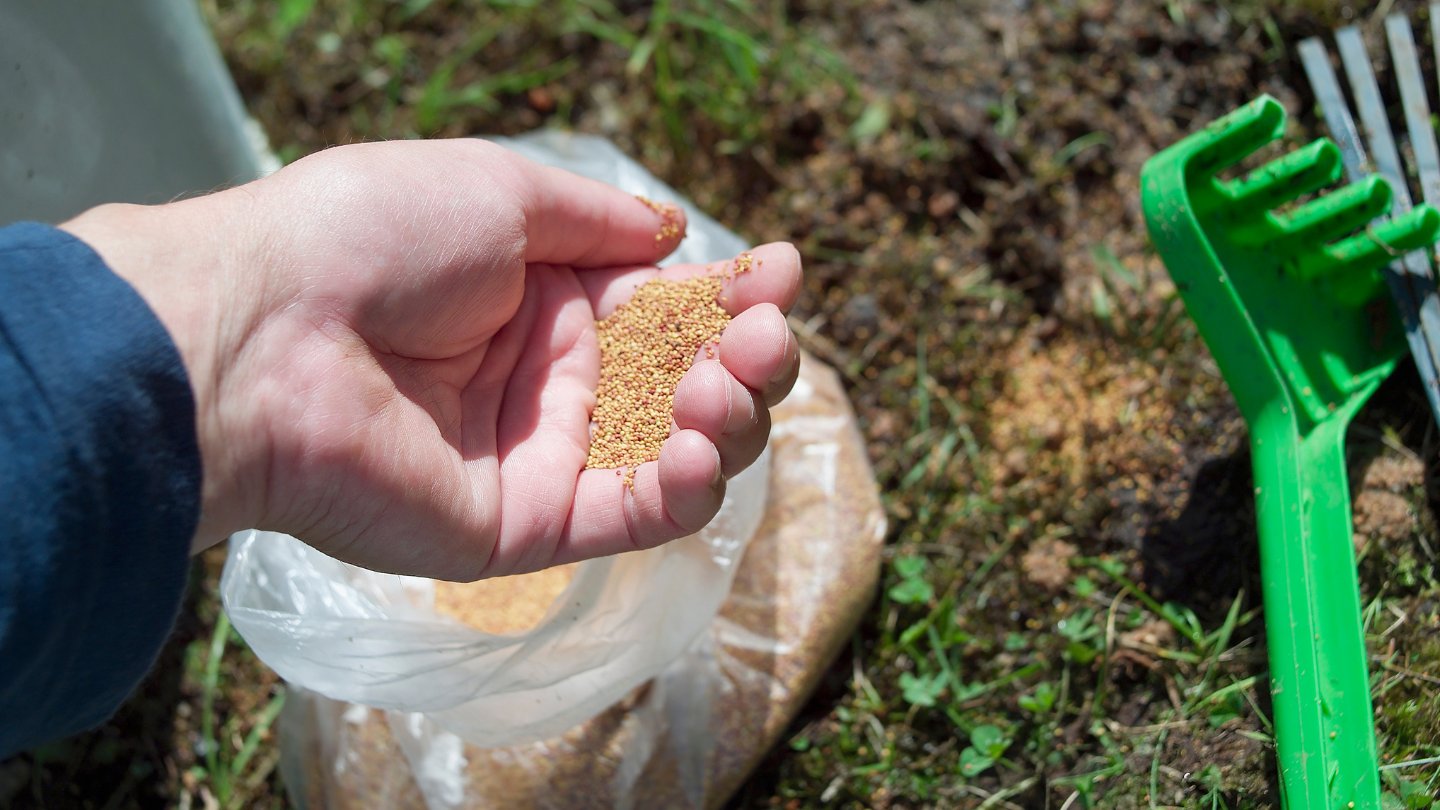
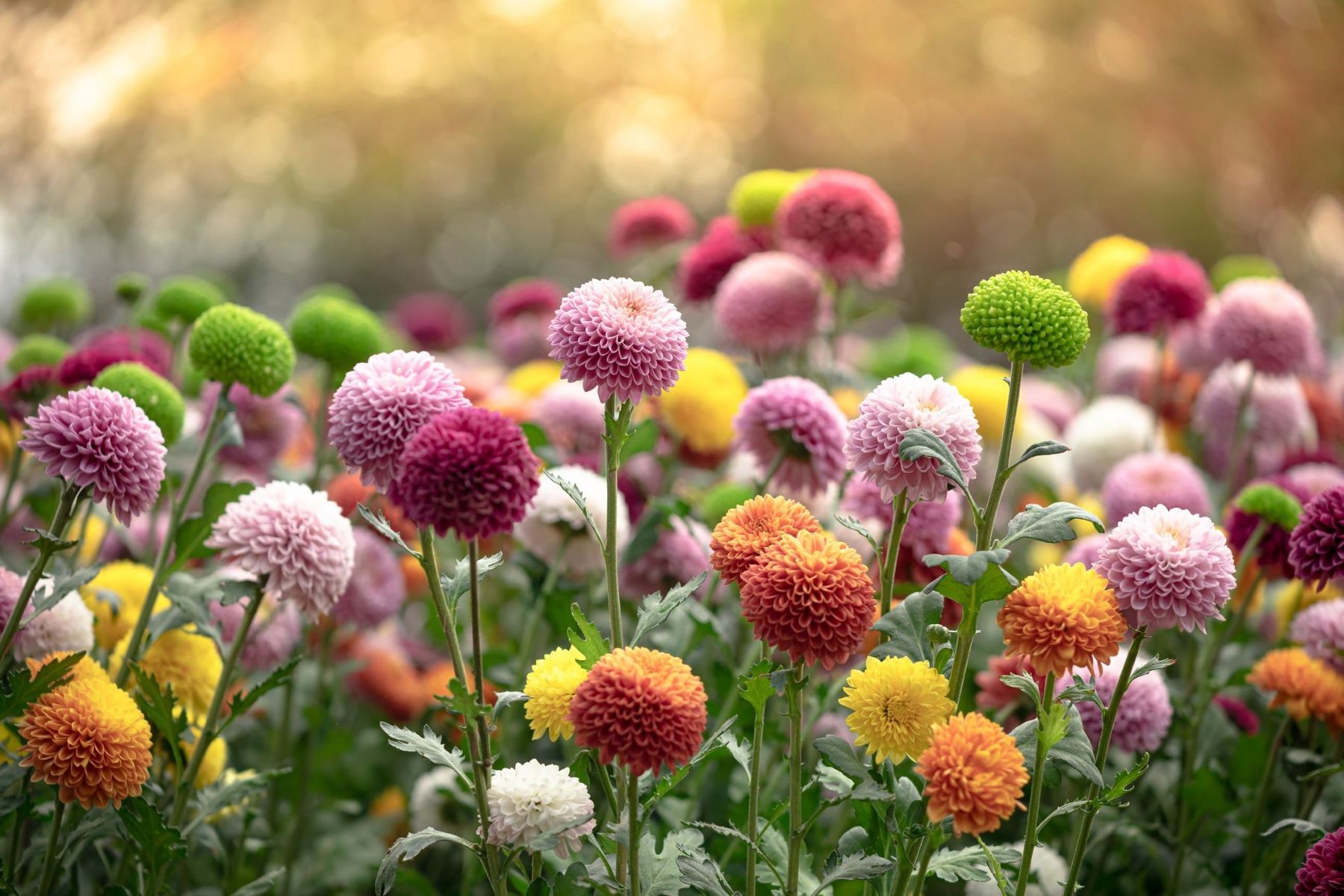
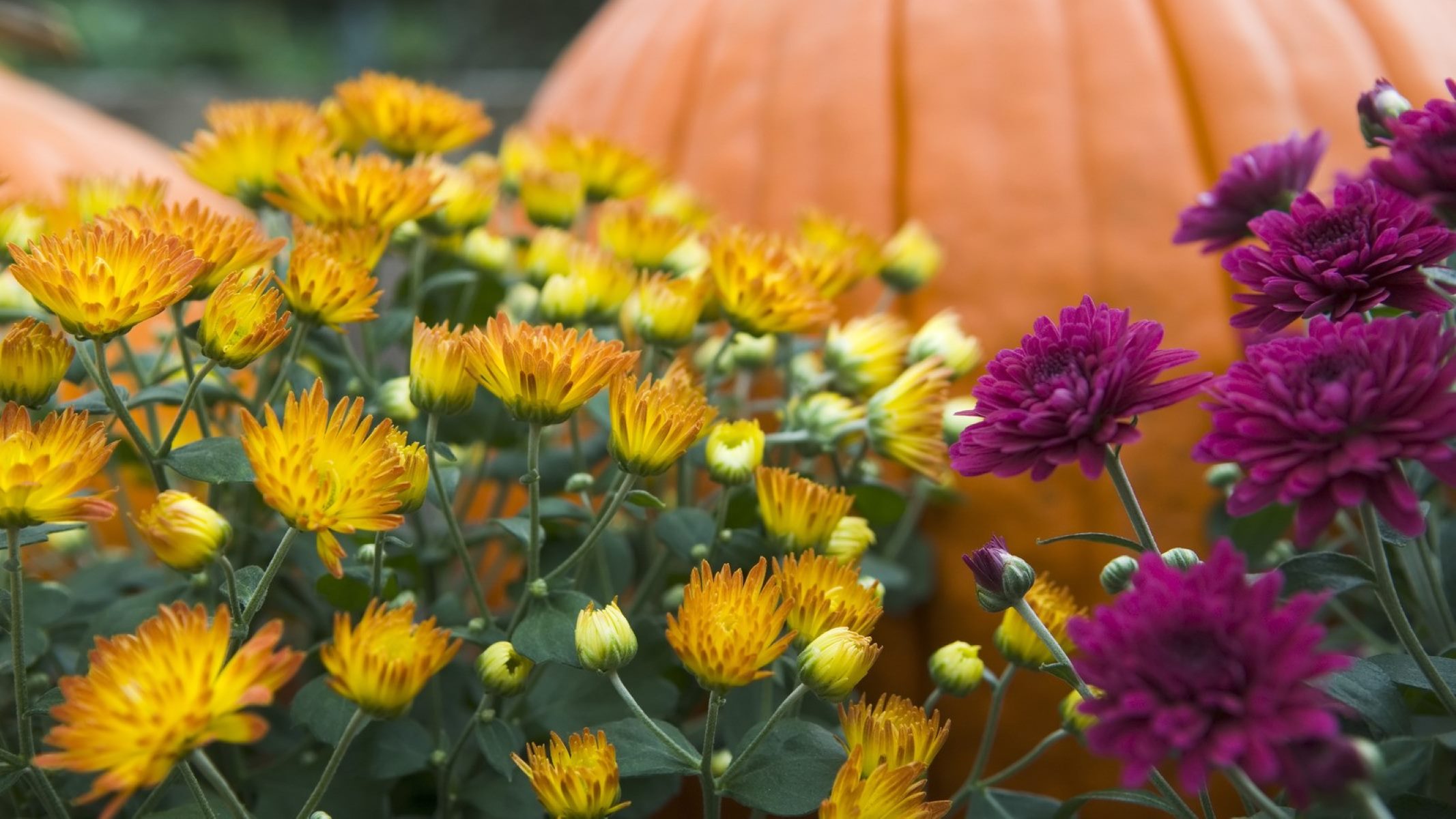
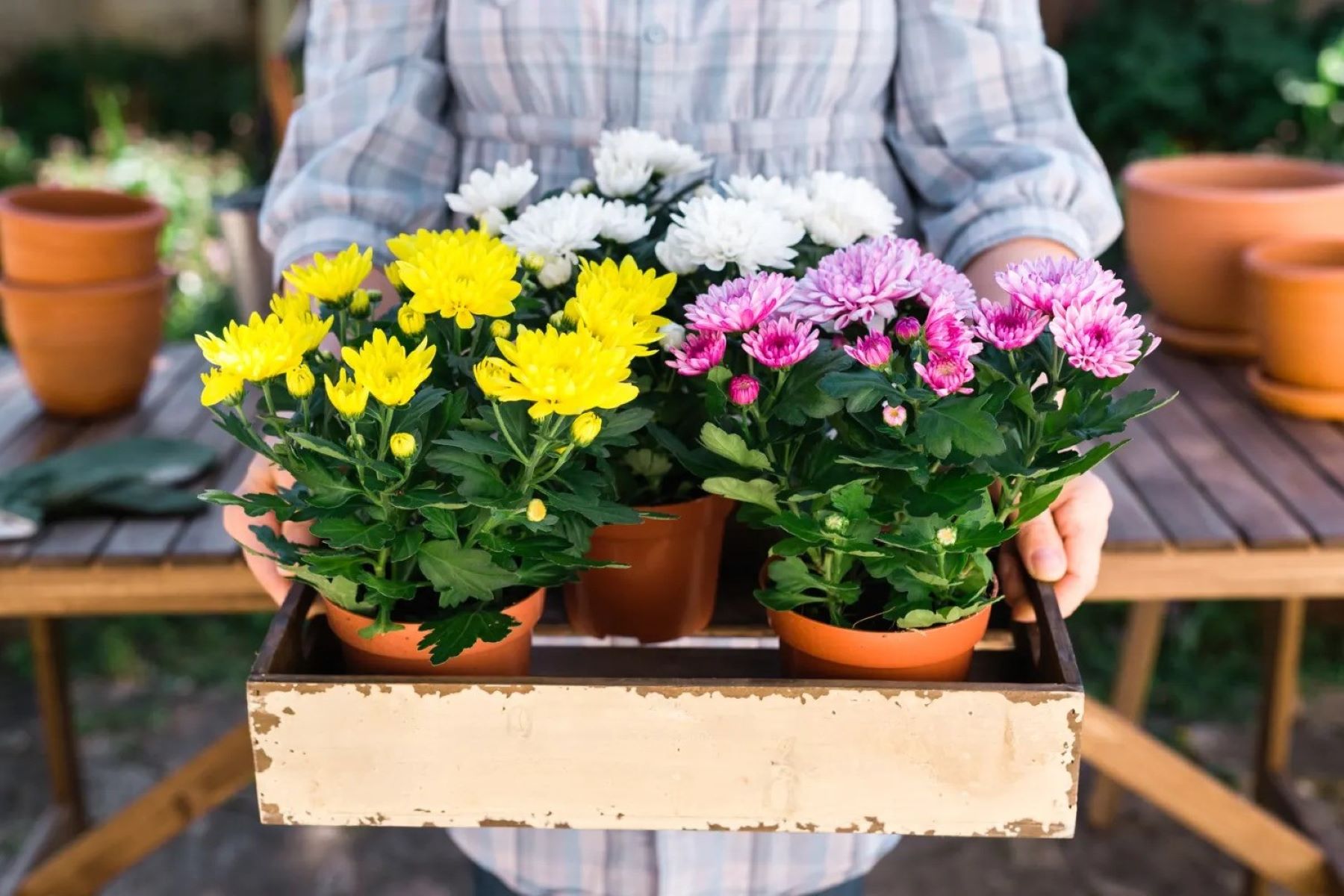
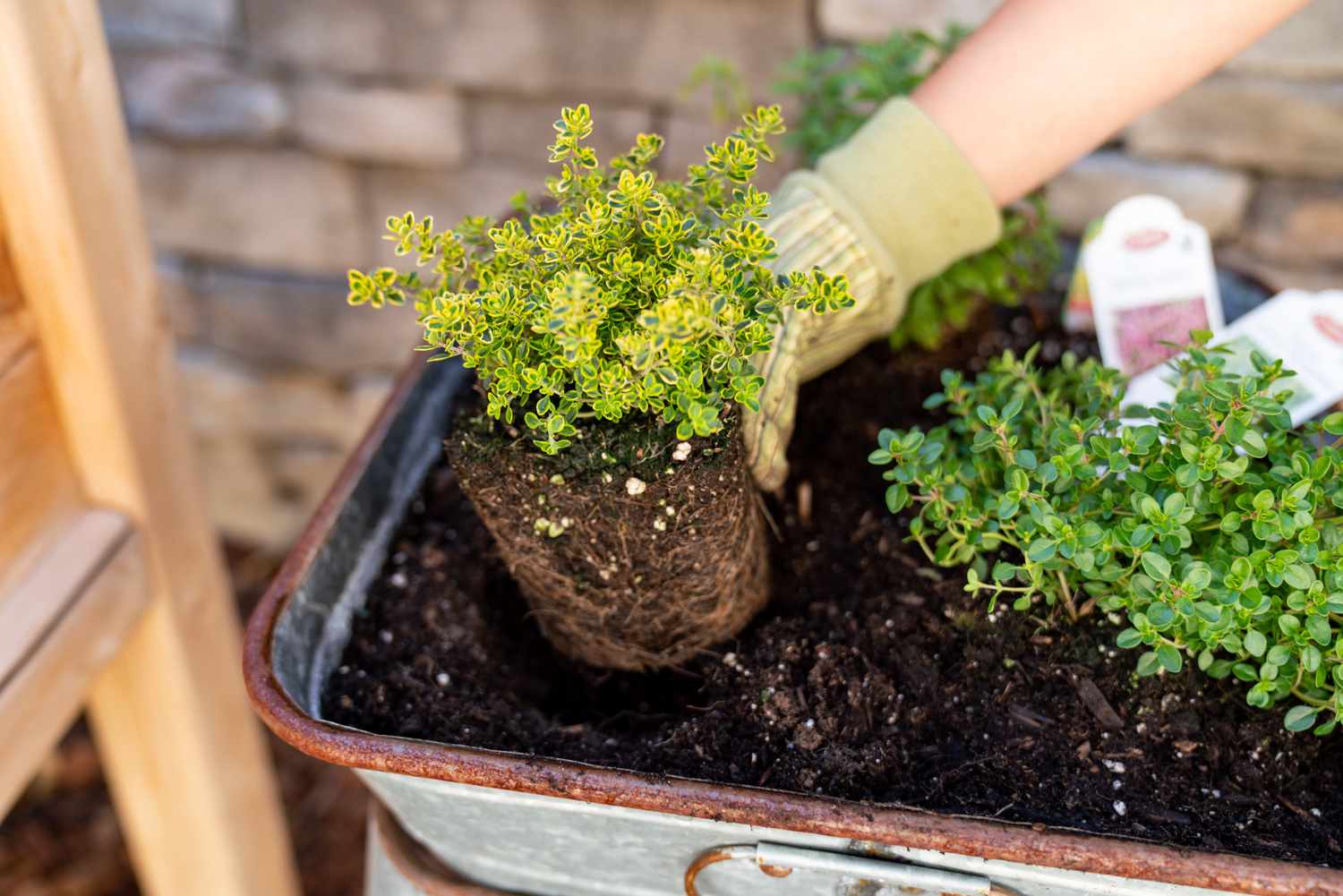
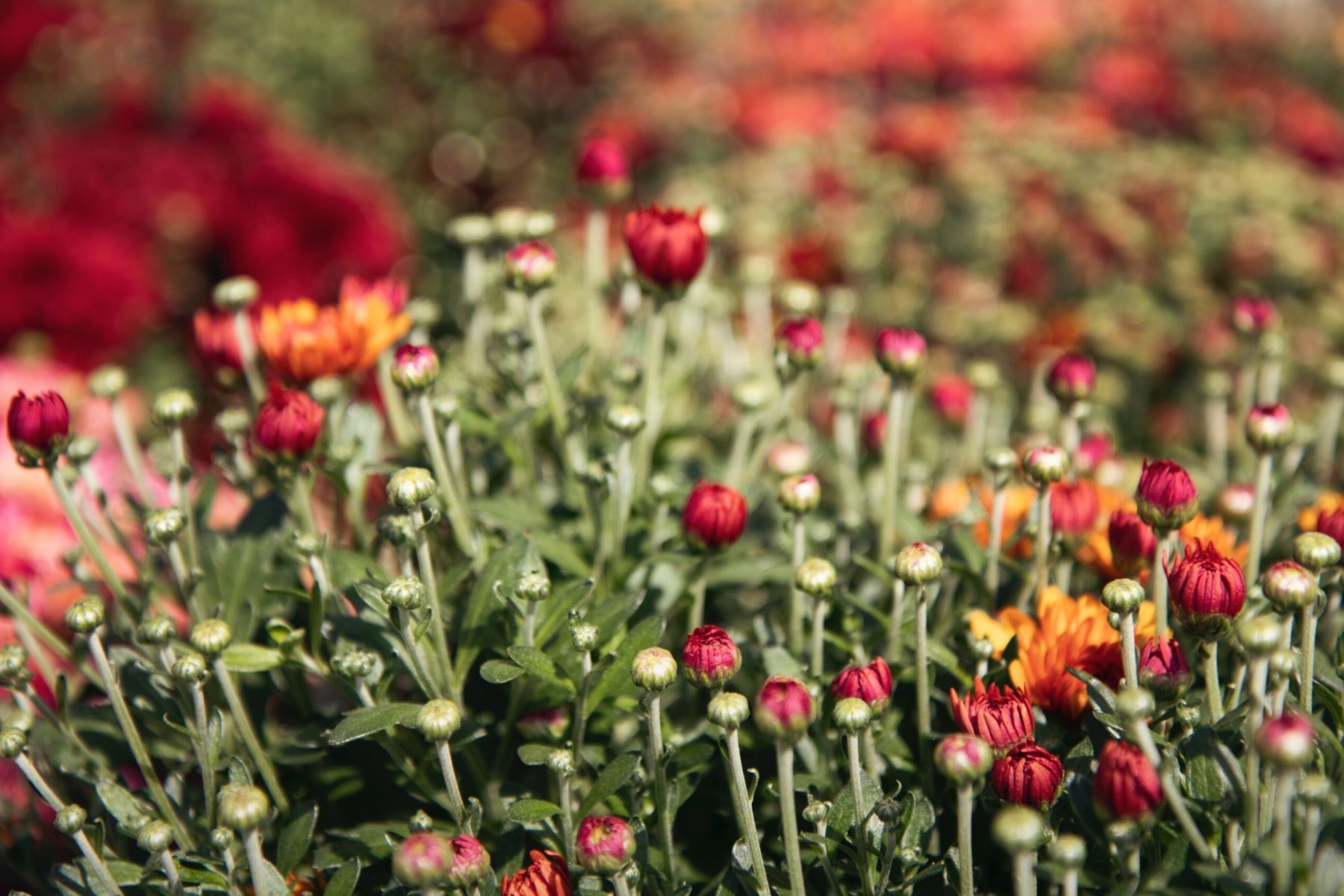

0 thoughts on “When Can I Plant Mums”